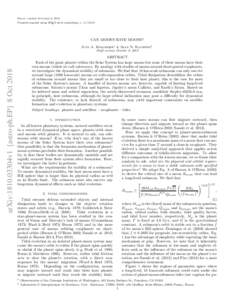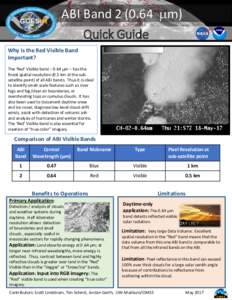<--- Back to Details
| First Page | Document Content | |
|---|---|---|
 Date: 2018-10-08 20:33:21Astronomy Planetary science Local Interstellar Cloud Moons Exomoon Subsatellite Natural satellite Regular moon Jupiter Callisto Titan Formation and evolution of the Solar System |
Add to Reading List |
 Draft version October 9, 2018 Preprint typeset using LATEX style emulateapj vCAN MOONS HAVE MOONS? Juna A. Kollmeier1 & Sean N. Raymond2
Draft version October 9, 2018 Preprint typeset using LATEX style emulateapj vCAN MOONS HAVE MOONS? Juna A. Kollmeier1 & Sean N. Raymond2